Protein bars are all the craze these days, serving as “healthy” on-the-go snacks for our generation’s busy lifestyle. One brand in particular has gained recent popularity: Quest Bar. These protein-packed bars have taken over social media as fans share their favorite flavors and clever ways to transform the bar into cookies and even cereal.
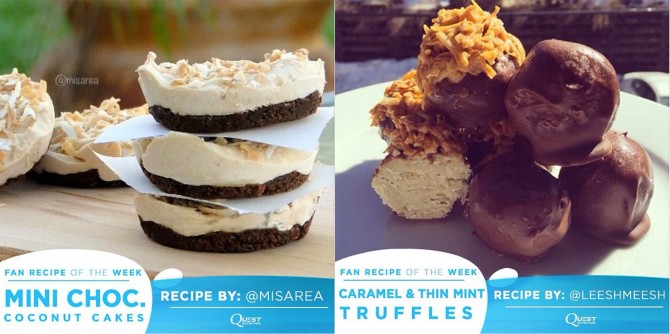
Photo courtesy of Instagram.com/questnutrition
Quest Bars boast an impressive amount of protein and fiber with only 1 gram of sugar in one low-calorie bar. For any diet conscious, busy consumer, Quest Bars seem like the perfect grab-and-go snack.
Although the brand advertises itself as such, a closer look at the ingredients label reveals that this bar may not be as healthy as we once thought.
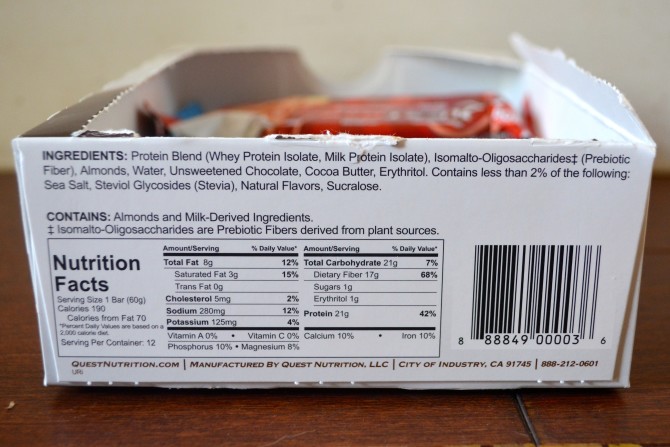
Photo by Lila Seeley
Sometimes ignorance is bliss, but when it comes to the food (or food-like substances) we’re consuming, truth triumphs over any wishful thinking. So, we at Spoon AU did our own little research into some of the ingredients behind the oh-so-famous Quest Bar.
Protein Blend (whey protein isolate and milk protein isolate)
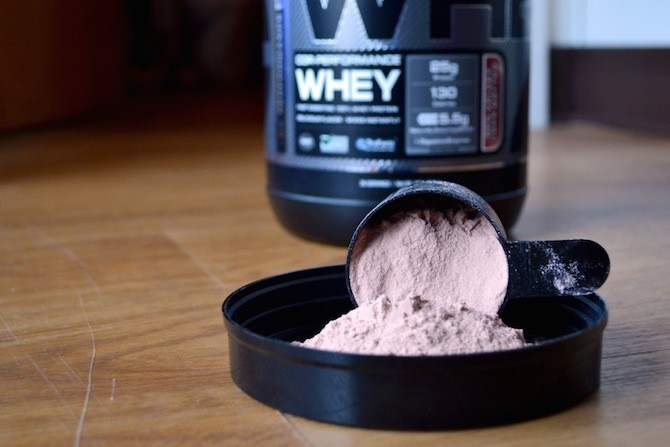
Photo by Malia Budd
Although whey protein is infamously used by body builders for increased muscle growth, whey protein isolate and milk protein isolate are far from natural sources of protein. Both isolates are a byproduct of factory cheese production and cannot be efficiently broken down by the body in high concentrations.
For many, these protein sources are known to cause digestion complications resulting in bloating, gas and constipation. No thank you Quest Bar.
Isomalto-Oligosaccharides (IMO)
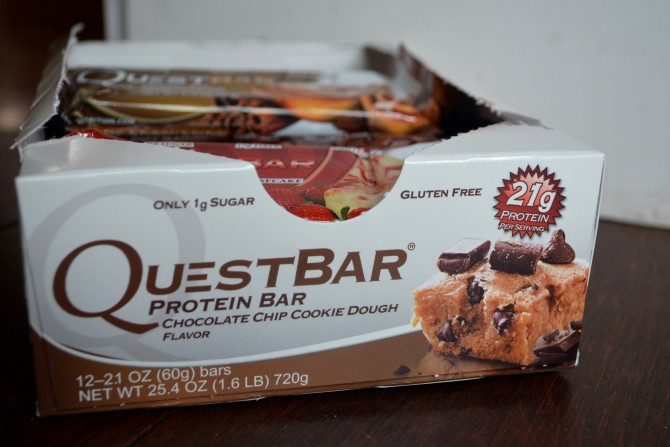
Photo by Lila Seeley
Yes, Quest Bar makes an effort to point out that this ingredient is derived from plant sources. However, the ingredient is added only after a lengthy processing method that results in a thick sticky syrup. IMO is not considered a natural fiber and is harder for your body to digest, causing even more havoc on your digestion.
Are 17 grams of fiber and 20 grams of protein in one serving really worth an achy cramping belly?
Sucralose
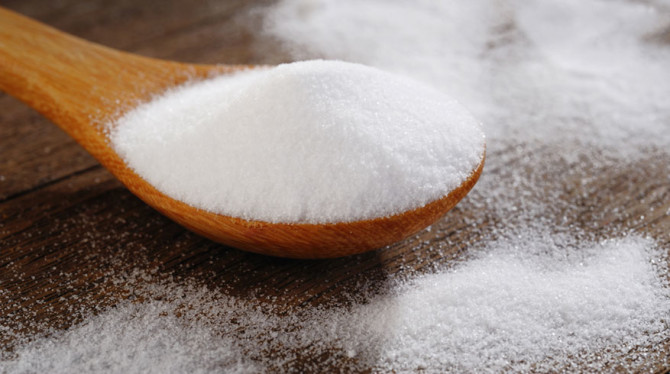
Photo courtesy of Purepharma.com
This artificial sweetener, also known as Splenda, finds itself at the very end of the bar’s ingredient list, following a few other low-sugar sweeteners like erythritol and stevia. Some speculation exists surrounding the actual health consequences of Sucralose, but studies have found that Sucralose increases the chances of cancer and digestive diseases.
Regardless, artificial sweeteners are highly processed compounds that do not have a place in a healthy, balanced diet.
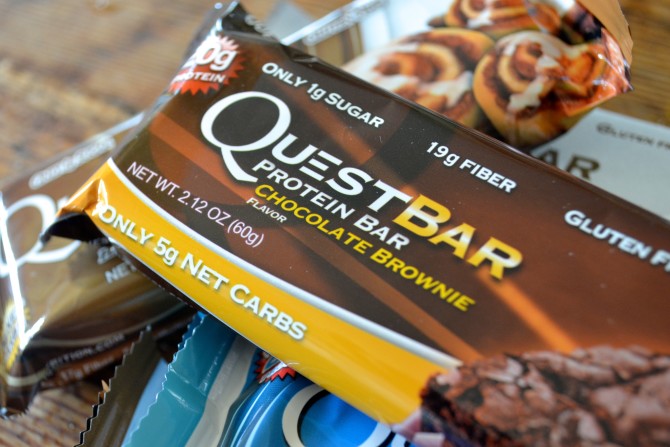
Photo by Lila Seeley
Quest Bars can be tasty, convenient forms of high concentrated protein. Not to mention, they’re fun to bake, broil and microwave into creative low-calorie treats. But next time you’re reaching for a protein bar snack, think twice about what you’re consuming. There are many other healthier options out there for a nutritious on-the-go snack.
Curious about those healthier alternatives? Check out these articles:

